Join the team of researchers and filmmakers featured in Living Volcanoes as they share some behind the scenes details from the edge of the Marum volcano.
Features
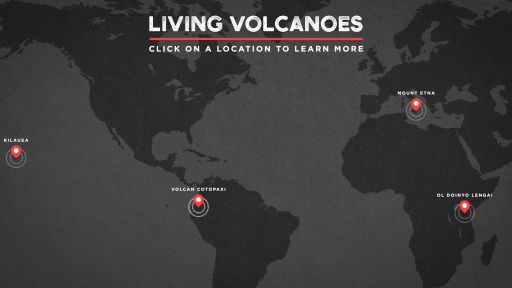
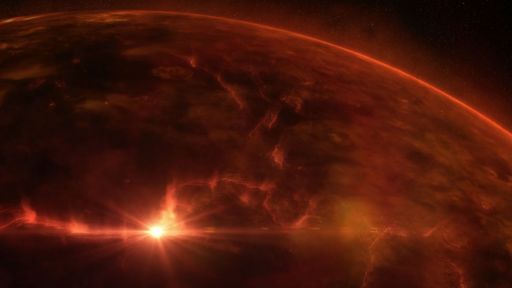
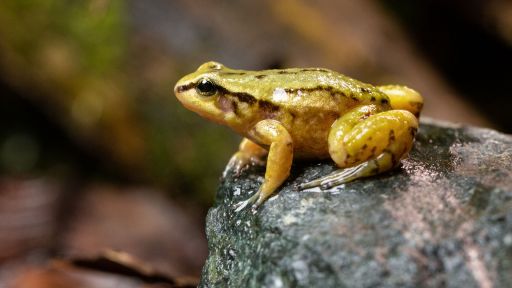
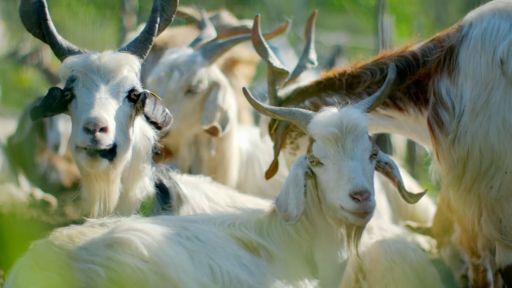
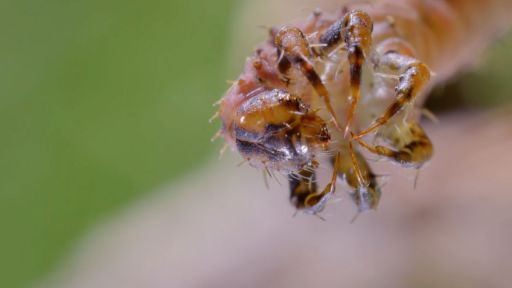
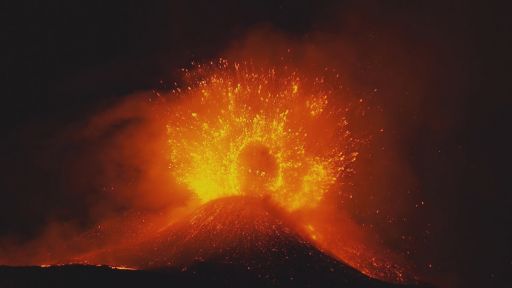
We are flying up to Marum the volcano in the center of Ambrym Island in Vanuatu.
This volcano is incredibly unique cause it''s the very few places on earth that you can stand next to a giant lava lake to try and figure out the limits of life on earth.
Alex: So, welcome to the summit of Marum volcano.
I thought I''d give you a little tour of our camp.
Here it is.
The volcano is over there.
We''re camping actually within about 20 meters of the crater edge, and the lava lake is a couple of 100 meters down off that cliff edge.
And at night you can hear this rumbling and this spitting and sputtering.
It''s pretty terrifying to be honest.
These are our tents, this is where we are camping mess tent over there.
These are the shift pods, so that''s where we''ve got our lab equipment, Film equipment, climbing equipment.
This is Jeff.
He is responsible for all our health and safety up here Hi Jeff!
Jeff: Hi.
I''m just about to do an operation.
Alex: Jeff is heading into the toilet tent.
So, we''ll leave him be.
Conditions today are pretty nasty, to be honest.
It''s been raining a lot and you can feel the rain in your skin and your eyes, it''s so acidic.
Sometimes we are struggling to breathe because of the sulphuric acid.
It really stings, and it really hurts.
We haven''t had a clear weather window yet for the descent.
I''m kind of praying to the weather gods in Vanuatu that the weather clears, and we get a a clear day to get to the bottom of the volcano.
Simon: The big risk is the camera stopping working before we finish shooting.
And we''ve spent quite a lot of money, and put quite a lot of effort in getting up here to the top of the volcano.
So, if I''m not able to keep the camera going the entire time we are here then it''ll all be for nothing.
Alex: It''s a camera specially designed for climbers and specially designed for environments like this.
In the backpack we''ve got big battery packs, massive memory cards, allowing this thing to run for 10 hours at a time, constantly recording.
It means we don''t miss a second of action down in the crater and we can safely record everything that the scientists are doing down there when they are collecting their samples.
It isn''t without its risks though, it means we are putting all of our filming responsibilities onto the scientists, onto the Gremlin camera and this can quite easily move out of the way, be knocked by a wire, a rock and suddenly we missing the action cause the camera is pointing that way, rather than towards our scientists.
Jeffery: Yeah we''re just getting the automatic ascenders going.
That''s a critical piece of equipment so we want to make sure those work, but it''s beautiful up here and we got to get down fast.
Alex: How are you feeling?
Jeffery: Feeling..very excited, also a little nervous.
We know there''s a fiery pit of lava down there and that''s where we are here to go investigate.
